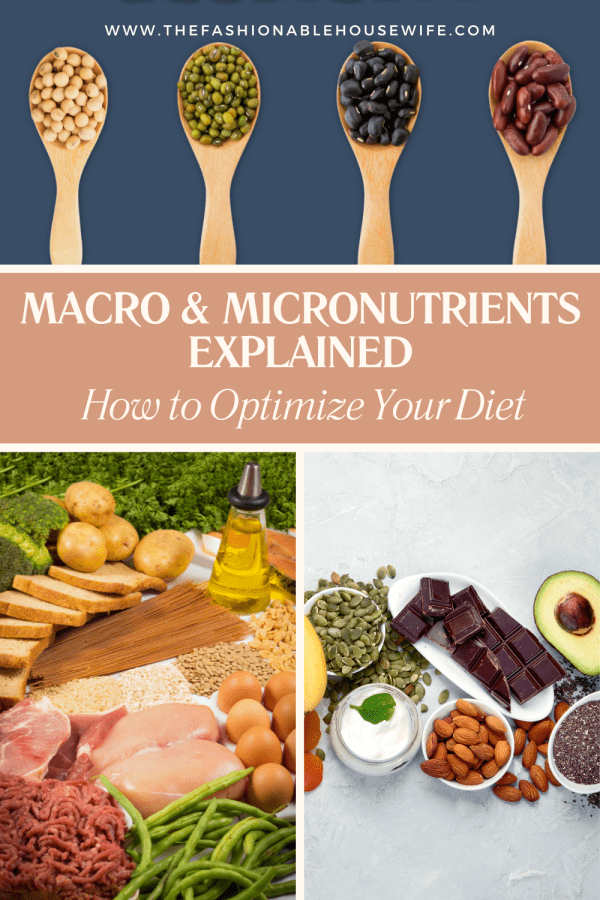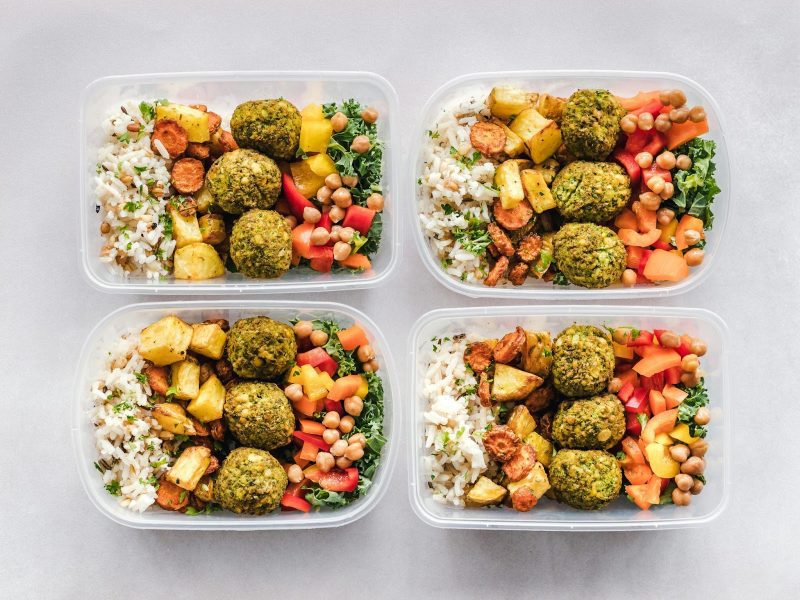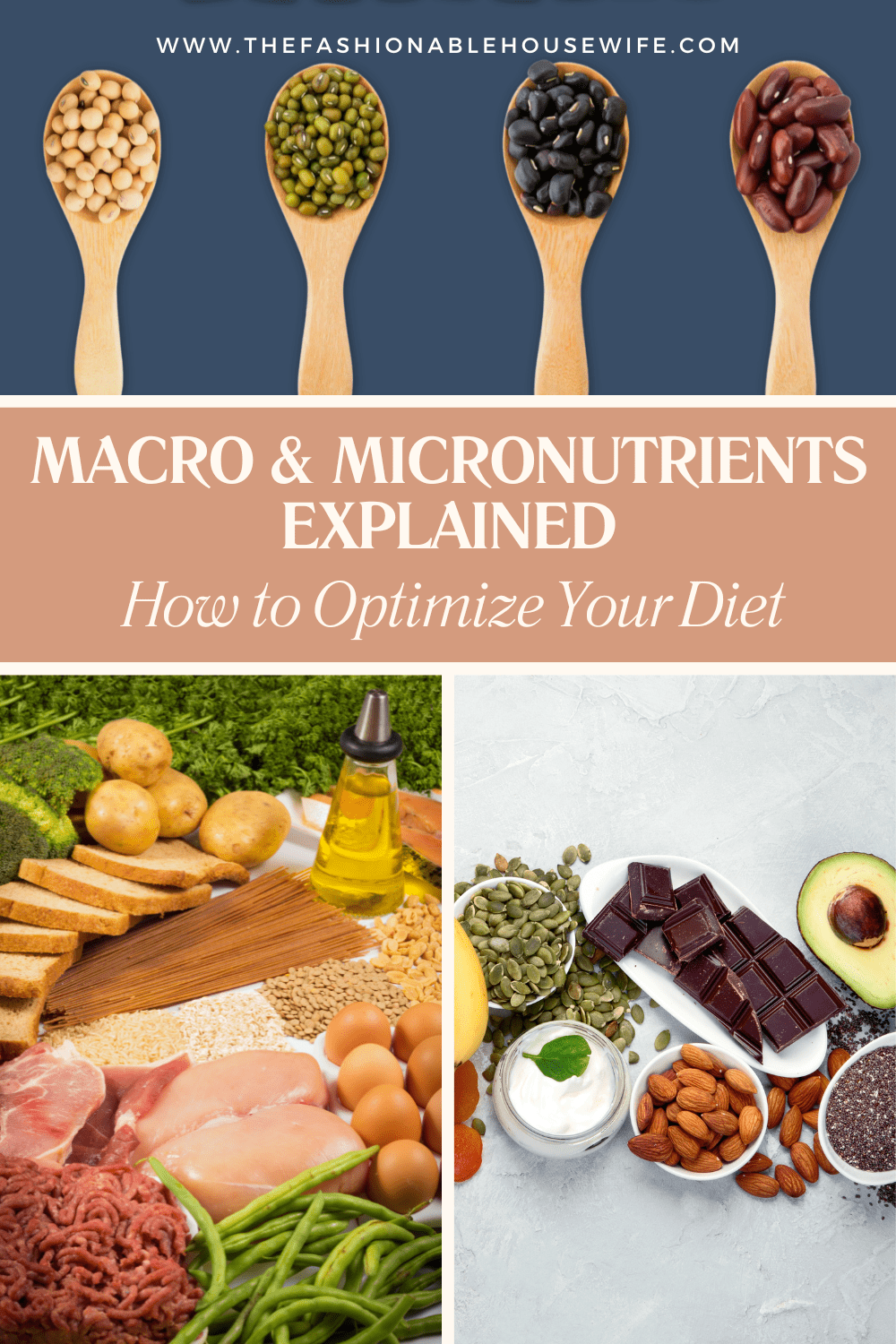Macro and Micronutrients Explained: How to Optimize Your Diet

Everyone knows that fruits and vegetables are good for us. You’ve probably also heard that the Mediterranean diet is widely considered one of the most balanced, but most don’t have much insight into the reasoning behind that statement.
While there are many different ideas as to what makes for the ‘perfect’ diet, the idea of balanced eating hasn’t really changed much; science is still in agreement with a set of fundamental core truths about how we eat and its impact on our health.
In this article, you’ll be taken through a whistle-stop tour of macro and micronutrients: these concepts form the fundamental knowledge base for the foods we eat, and you can then use this information to cross-reference against any new diet you come across to ascertain its worth.

Macronutrients Explained
The foods we eat can be split broadly into two separate categories: macro and micronutrients.
As the name suggests, macronutrients represent the larger units of food, and there are three of them – protein, fats, and carbohydrates. Let’s take a look at how each function:
Protein
Protein’s main role in the diet is to build and repair tissues, whether it be muscle, bones, skin, organs, blood, connective tissue, or hair and nails. You can think of proteins as the building blocks for our body.
When we eat food, the protein within is slowly broken down into an assortment of amino acids, and it’s these individual amino acids that are used to synthesize new tissue. There are a total of 20 amino acids that the body uses to do this, and nine of them are deemed ‘essential’ as the body cannot create them. They need to be consumed through food.
Protein-dense foods include meats, eggs, dairy products, and plant-based products such as tofu and seitan (a type of concentrated wheat gluten).
Carbohydrates
Carbohydrates (or ‘carbs’ for short) represent our body’s main energy source. Like proteins, carbohydrates also break down into much smaller components than how they exist within food, and it’s the smallest form called Glucose that the body uses for fuel.
Carbs can be categorized simply into two groups: either simple or complex carbohydrates, and this refers to the complexity of their molecular structure and how long they take to break down in the body. A banana, for example, is considered a simple carbohydrate – its molecular structure doesn’t contain many bonds, and so it can be quickly digested and becomeS available as an energy source within 30 minutes to an hour. Something like wholewheat bread, on the other hand, takes far longer to be broken down into glucose due to its complex structure.
Common sources of carbohydrates include fruit and vegetables, whole grains, and legumes, and dairy products have carbohydrate components (such as lactose).
Fats
Fats are a very multifunctional macronutrient. They provide long-term energy, support cell growth, protect the organs, and help with micronutrient absorption.

There are four main types:
Saturated Fat: Found mostly in animal products and some plant products like coconut oil, this type of fat should be eaten in moderation as not to risk raising LDL (bad) cholesterol.
Unsaturated Fats: These are your oils – those found in olives, nuts, avocados, some grains, and fish. They can be consumed in higher amounts than saturated fat and are known to reduce LDL for a lower risk of heart disease.
Trans Fats: These fats should be avoided as much as possible for their effects on raising LDL and lowering HDL (good) cholesterol. They’re found in your typical ‘junk’ foods and small amounts in meat and dairy.
Omega 3 and Omega 6: These fats are part of the unsaturated category, but they deserve their own section for the special health benefits they afford. Similarly to some amino acids, the body cannot synthesize omega 3 and 6 on its own so they’re deemed essential. They help with heart health, reducing systemic inflammation, and supporting optimal brain functioning.
Note: It’s important to differentiate between dietary fat and body fat. Just because you eat fat as a macronutrient doesn’t mean it gets stored as body fat. This process is mostly down to energy balance (calories in versus calories out), so what macronutrients you eat doesn’t have a direct bearing on weight gain. It is true, however, that fat has 9 calories per gram whereas protein and carbohydrates have 4; so, fattier foods are generally more calorific, but that’s different than the fat contained within being converted and stored as body fat.

Micronutrients Explained
Micronutrients represent what would be commonly referred to as vitamins and minerals. There exists a wide plethora of micronutrients, each serving a myriad of different vital functions – supporting immune function, optimizing the metabolism, maintaining fluid balance, and much more.
Vitamins can be split into two categories: water or fat-soluble. Water-soluble vitamins are not stored and can be freely expelled, whereas fat-soluble vitamins require dietary fat to be assimilated. You have to be a bit more careful with fat-soluble nutrients as there’s the potential to have too much and cause toxicity.
Water-soluble vitamins include all C and B vitamins, whereas the fat-soluble vitamins are A, E, D, and K.
Minerals can be similarly categorized into two groups: macrominerals needed in larger amounts (calcium, magnesium, Potassium, etc) and trace minerals (such as iron, copper, selenium, and others).
A broad pallet of fruits and vegetables is your number one source for micronutrients, though they’re also found in a variety of other foods such as meats, dairy products, and most carbohydrates.
As an insurance policy of sorts, it can also be prudent to invest in supplement products to ensure you’re covering all bases. You can get vitamins with omega-3 fatty acids combined into one tablet, for example, which gives you the boost you need in the nutrients that are a little harder to come by through diet alone.
Note: It’s important to remember that micronutrients don’t have caloric value like macronutrients do.
Wrapping Up
Hopefully, this article has cleared up most of the confusion you have surrounding macro and micronutrients. Eat a balanced, varied diet with the inclusion of a high-quality supplement or two, and you’ll be sure to have yourself covered!

